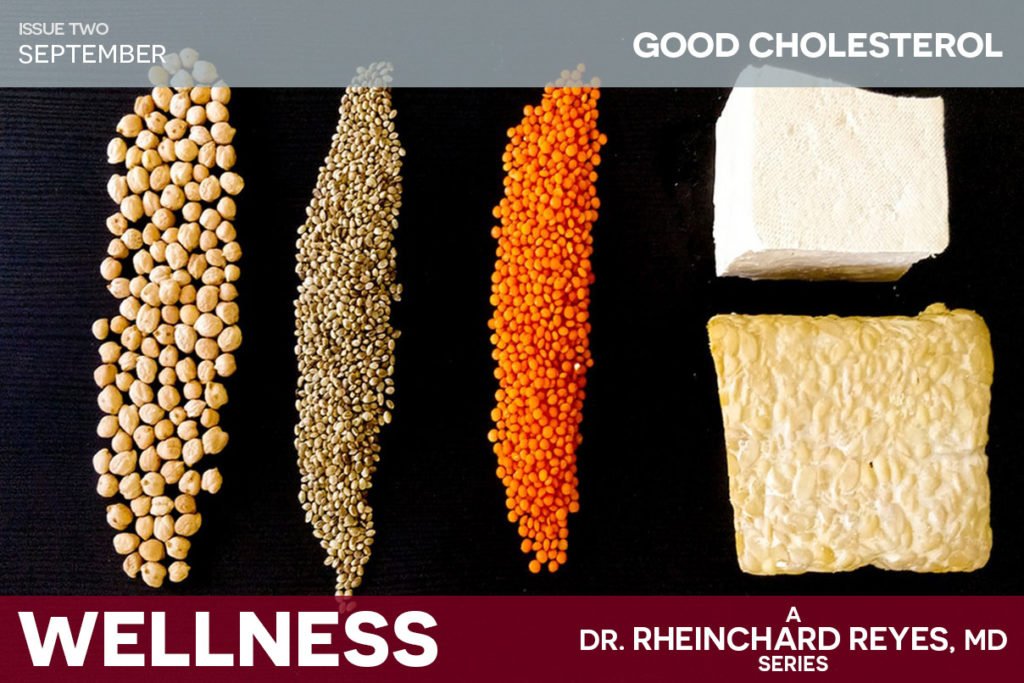What is cholesterol?
Well, for starters, cholesterol is a waxy substance found inside our bloodstream.
Is it bad?
No, it is not bad. Actually, your body needs it to build cells. But too much of it can be bad.
Where does cholesterol come from?
There are two main sources of cholesterol. Number one is your liver, which makes all the cholesterol you really need. Number two is all the food you eat which triggers your liver to make more cholesterol. This is called dietary cholesterol.
Where does dietary cholesterol come from?
Meat, poultry, and full-fat dairy are the main sources. These contain high doses of saturated and trans fats. However, it is not all from animal sources; vegetable too, such as some tropical oils. Palm, palm kernel, and coconut oil, which are often found in baked goods.
So, why is dietary cholesterol bad for me?
Well, when you eat too many of these foods, you can make your liver trigger cholesterol spikes, which means you produce more cholesterol than you really need. At certain levels, this cholesterol may be bad.
So, how can this high cholesterol hurt me?
Cholesterol is present in the bloodstream. If it increases beyond certain levels, it may be harmful to your health. As it circulates through your arteries, it can join other substances and form a thick, hard deposit on the inside wall. This, in turn, may narrow arteries and make them less supple, less flexible. This is a health condition termed atherosclerosis. Much worse, due to this buildup you may get a blood clot. The clot may block a narrowed and thinning artery and a heart attack or a stroke may ensue.
So, these cholesterol levels you speak of… I mean, how high or low is good or bad?
The American Heart Association recommends all adults to keep their total cholesterol levels below 200. Although 150-199 is a good read, the lower, the better. 200 to 239 is considered elevated. Anything over 240 is considered very high and poses a high risk to overall health, but specifically to the heart. In the case of children, the levels drop. 170 or less is considered optimal. 170-199 is borderline, and anything above is bad news.
The golden rule, however, is that these are guidelines and every person is different. Checking your cholesterol levels with your doctor and assessing any other lifestyle choices or risk factors present gives you a full picture along with the hard, cold numbers.
Oh, checking with your doctor… so how often should I check my cholesterol levels with him/her?
All adults 20 or older should check their cholesterol levels every four to six years. Other risk factors should be analyzed too.
I don’t understand what 200 means. How do you arrive at these numbers?
Cholesterol is measured in milligrams per deciliter of blood, expressed as mg/dl.The test measures and compounds 3 levels:
- HDL (good) cholesterol
- LDL (bad) cholesterol
- Triglycerides
To get your total cholesterol read (TC) you add your HDL, your LDL and 20% of your triglyceride count (or just divide the triglyceride read by 5 and add it).
What are HDL, LDL and triglycerides? And what do these good and bad in parentheses mean?
HDL is considered good because it removes cholesterol from your bloodstream and artery walls. So, higher levels of this type of cholesterol are better. But this only makes up 25-30% of your total cholesterol levels.
LDL is considered bad because it deposits cholesterol on your artery walls and begins the process of atherosclerosis.
Triglycerides are the chemical form in which most (not all) of the fat gets stored in your body. Basically, they store the excess fat from your diet.
What are some of the risk factors that can cause my cholesterol to rise?
1. An unhealthy diet
2. Insufficient physical activity
3. Smoking or exposure to tobacco smoke
4. Excess weight
Sources:
https://www.heart.org/en/health-topics/cholesterol/about-cholesterol
https://medlineplus.gov/cholesterollevelswhatyouneedtoknow.html


